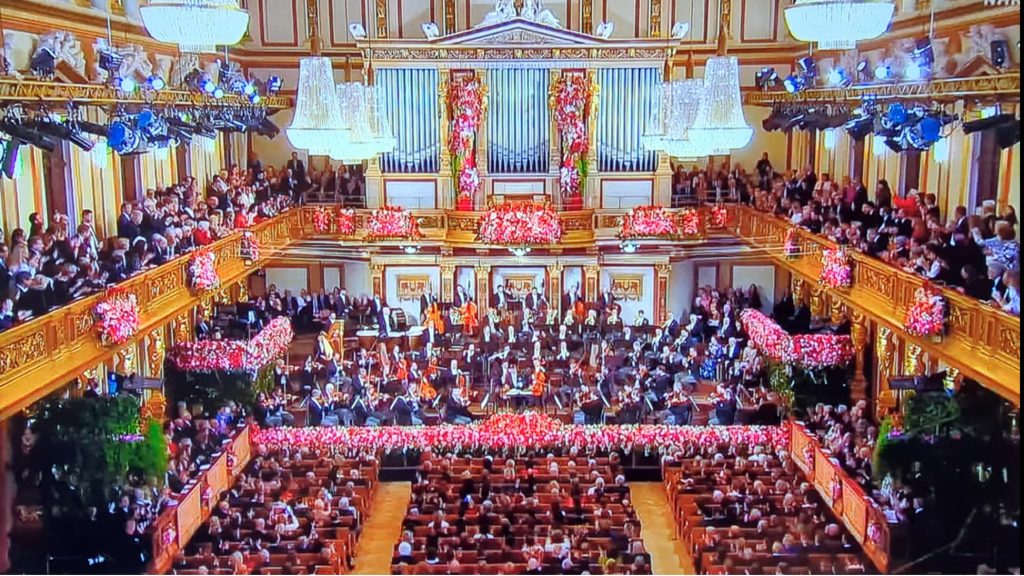
On January 1st, as the world celebrated the beginning of the new year, the broadcast of the Vienna Philharmonic New Year’s Concert, which is annually aired globally, was canceled in Japan due to coverage of the Noto earthquake-related news. It was rescheduled and broadcast on the 6th due to the Noto earthquake-related news. The concert concluded with the traditional performances of “The Beautiful Blue Danube” followed by the “Radetzky March,” accompanied by the audience’clapping. This year, Christian Thielemann, born in Berlin in 1959, conducted the concert. Enchanted by the beautiful melodies of the waltz, people immersed themselves in the 3/4 rhythm, heightening the festive mood.
In stark contrast to the world of waltzes and festive dances, this year’s Noto earthquake, events in Ukraine, and the situation in the Gaza Strip present an entirely different reality. Waltzes are often associated with New Year’s concerts and glamorous dances, but there is another side to waltzes. During times of pandemics like the spread of the plague, cholera, and the Spanish flu in European society, waltzes gained popularity amidst an atmosphere of unease. We are currently in such an era. Waltzes seem to captivate those tossed about in the torrents of the times, resonating with something profound. The unfathomable charm of waltzes lies in the intertwining of light and darkness.
After the New Year’s Concert, I listened to Dmitri Shostakovich’s “Waltz No. 2” from Russia, which left a strong impression. Within the melancholic melody, one can feel a strength attempting to break through. It led me to delve deep into the life of a genius composer who was tossed about by the Russian Revolution.
1月1日、新年の幕開けとともに世界に流れるウィーン・フィルのニューイヤーコンサートの中継が、日本では能登地震関連ニュースのため中止になり、日を改めて6日に放映されました。コンサート最後には、毎年恒例の『美しく青きドナウ』に次いで『ラデツキー行進曲』が演奏され、会場の手拍子とともに幕を閉じました。今年は1959年ベルリン生まれのクリスティアーン・ティーレマンが指揮を取りました。美しいワルツの調べに人々は陶酔し、3拍子のリズムは寿ぎのムードを一層高めました。
今の能登地震のこと、ウクライナのこと、ガザ地区のことを思えば全くの別世界です。ワルツと言えば、こうしたニューイヤーコンサートや華やかなダンスを連想されがちですが、ワルツにももう1つの顔があります。ヨーロッパ社会にペストやコレラ、スペイン風邪が蔓延したパンデミックの時代、不穏な空気に覆われる中、熱に浮かされるかのようにワルツは流行してきました。今がまさしくそういう時代です。ワルツには時代の激流に翻弄される人々を惹きつける何かが潜んでいるかのようです。明と暗が表裏一体となったワルツの底知れない魅力がそこにあります。
ニューイヤーコンサートの後に聞いた、ロシアの作曲家ショスタコーヴィッチの『ワルツ第2番』が非常に印象に残りました。哀愁を帯びたメロディの中に、何かを突き破ろうとする力強さを感じます。ロシア革命に翻弄された、ひとりの天才作曲家の生涯を深く知ることになりました。
